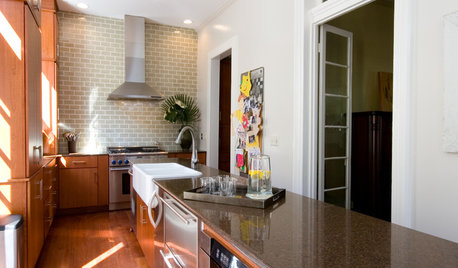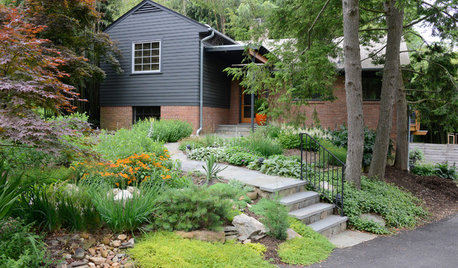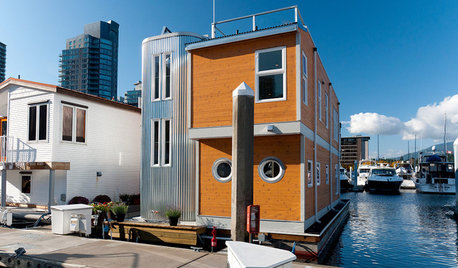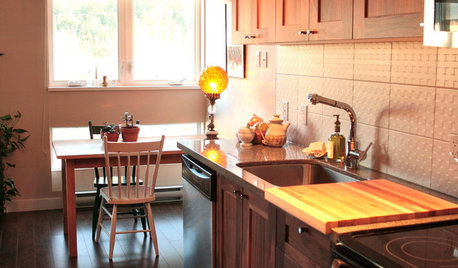a/c fan
Pawprint
18 years ago
Related Stories

DECORATING GUIDESAre Ceiling Fans the Kiss of Death for Design?
Ceiling fans get a bad rap for being clunky and outdated, but these streamlined styles and a bevy of pros beg to differ
Full Story
KITCHEN DESIGNKitchen of the Week: Transformed Garage in D.C.
A smart spatial arrangement and cheery colors helped turn this Washington, D.C., garage into a functional and family-friendly kitchen
Full Story
RANCH HOMESHouzz Tour: An Eclectic Ranch Revival in Washington, D.C.
Well-considered renovations, clever art and treasures from family make their mark on an architect’s never-ending work in progress
Full Story
PATIOSTerraces, New Plantings and Basketball Transform a D.C. Backyard
Bluestone and brick surfaces, a fireplace, a green-and-white plant palette and a new sports court suit a family’s outdoor lifestyle
Full Story
ECLECTIC HOMESHouzz Tour: A Manor Near D.C. Goes From Suburban Modern to Georgian
Newly enclosed spaces and traditional details join eye-popping murals to give a 2002 home some European gravitas
Full Story
KITCHEN APPLIANCESLove to Cook? You Need a Fan. Find the Right Kind for You
Don't send budget dollars up in smoke when you need new kitchen ventilation. Here are 9 top types to consider
Full Story
EVENTSDesigners Get Creative in a D.C. Show House
With a historic home as a canvas and a worthy cause as an incentive, designers pulled out all the stops for the 2014 project
Full Story
HOUZZ TOURSHouzz Tour: Modern Houseboat in Vancouver, B.C.
Get small-space design ideas from a modern dream home afloat on the harbor
Full Story
HOUZZ TOURSMy Houzz: Cool Studio in the Mountains of B.C.
A Canadian couple gets creative with thrifted finds in their 450-square-foot home
Full Story
TASTEMAKERSCatching Up With the Queen of Shabby Chic
Rachel Ashwell defined a style embraced by countless fans over the past 25 years. Find out what she’s turning her sights to now
Full StorySponsored






rabadger
booster
bry84
ceilingfanrepair